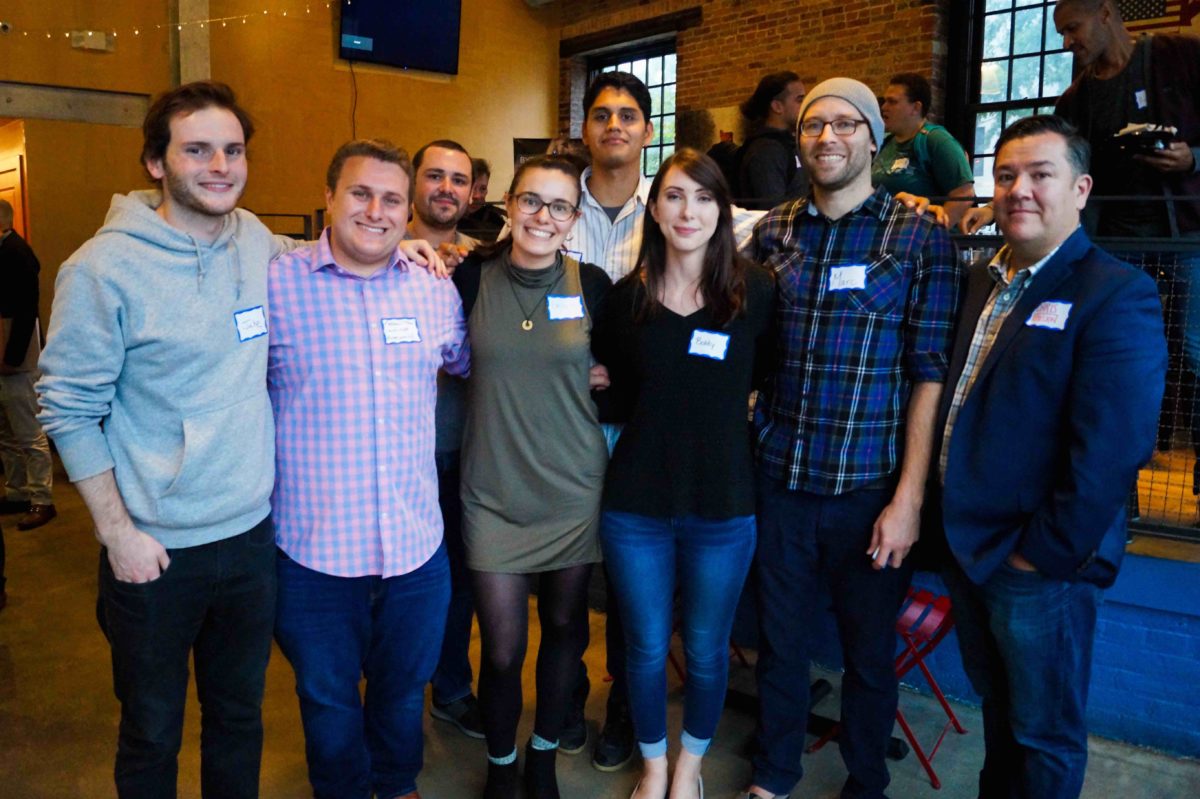Consider this your crash course on everything lean product design, from tools to start to the technical intricacies of creating user flows, wireframing and identifying red routes for feature prioritization.
The lean product design approach requires a mindset that prioritizes putting things out into the world, and gathering feedback: You can always make adjustments as you go, according to Google and Apple alum Marc Hausle, now with Maryland-based software development company Bytelion.
“It’s much better to push out something that is absolutely horrible and that you despise quickly rather than waiting to push out something that is pristine and looks really really nice, but took a lot of time and resources,” Haustle said.
Hausle joined Bytelion as head of user experience in 2017, bringing experience from Silicon Valley with him. With prior roles in quality assurance at Apple Maps and as a team lead for the Google Play app and game review, he now leads end-to-end UX and manages the design team.
As part of Baltimore Innovation Week’s Creative & Media Day last Tuesday, Hausle dove into foundational lean principles: iterate fast, and get input directly from your users. He shared key tactics to make those principles part of a startup’s design process.
Here’s the top three takeways from Hausle’s talk:
1. Timebox everything.
As part of his own team’s design process, Hausle emphasizes the value of sketching out a prototype in a restricted amount of time before investing other resources. This rule also applies when working with clients.
“It’s like throwing people in the water — we just say, ‘OK, you guys are going to go and do this. You have this much time. Go!’” he said.
This keeps the energy high, and people designing and iterating rapidly.
2. Explain it in one sentence.
Whether you’re discussing the purpose of a whole application or a single feature you’re working on, when it comes to defining your value proposition, less is more.
“You’ve got to make it simple enough that someone can understand it in one sentence,” Hausle said.
Easier said than done. So how does one learn this skill?
“Look at how apps in the App Store and the Play Store define themselves. They have a limited amount of space to do that,” he said, referring to the 4,000-character limit application descriptions in both app marketplaces. “When I go to define something, I try to think of the biggest pain point and what’s going to provide the most amount of value,” he said.
3. Drive design decisions with data.
No matter what kind of project you’re working on, you’re going to need to work with data and you’re going to have to work with that data to get the information that you need to make product decisions. It’s critical to take the time to look at raw data, before trying to pull insights from it.
“Data isn’t set up to help you make decisions. You have to curate it and there’s always going to be somebody trying to nudge it one way or the other,” he said. “Use it to help you make decisions, but take it with a grain of salt.”
Another key aspect is in the data collection process itself.
“Your data is going to be informed by the questions that you ask, how you ask them, and the people that you’re asking them to. You’ve got to know your target audience, think about how they’re going to be responding to you, and really focus on how you’re putting your questions together to be able to pull the information that you need,” Hausle said. “You don’t want to lead people unintentionally to give you the answers that they think you want to hear, but you do have to lead people to get the data that you want.”
3 dont’s
Hausle also shared a few things to avoid that he’s learned from working with thousands of development teams:
- Don’t fall in love with an answer, fall in love with a problem to be solved.
- Don’t get overly attached to project management software when there’s nothing wrong with working in a spreadsheet.
- Don’t misunderstand the different types of designers — product designer, UX designer, interactive designer, UI designer and graphic designer — and how they fit into your product.
Before you go...
Please consider supporting Technical.ly to keep our independent journalism strong. Unlike most business-focused media outlets, we don’t have a paywall. Instead, we count on your personal and organizational support.
Join our growing Slack community
Join 5,000 tech professionals and entrepreneurs in our community Slack today!

The person charged in the UnitedHealthcare CEO shooting had a ton of tech connections

From rejection to innovation: How I built a tool to beat AI hiring algorithms at their own game

Where are the country’s most vibrant tech and startup communities?


